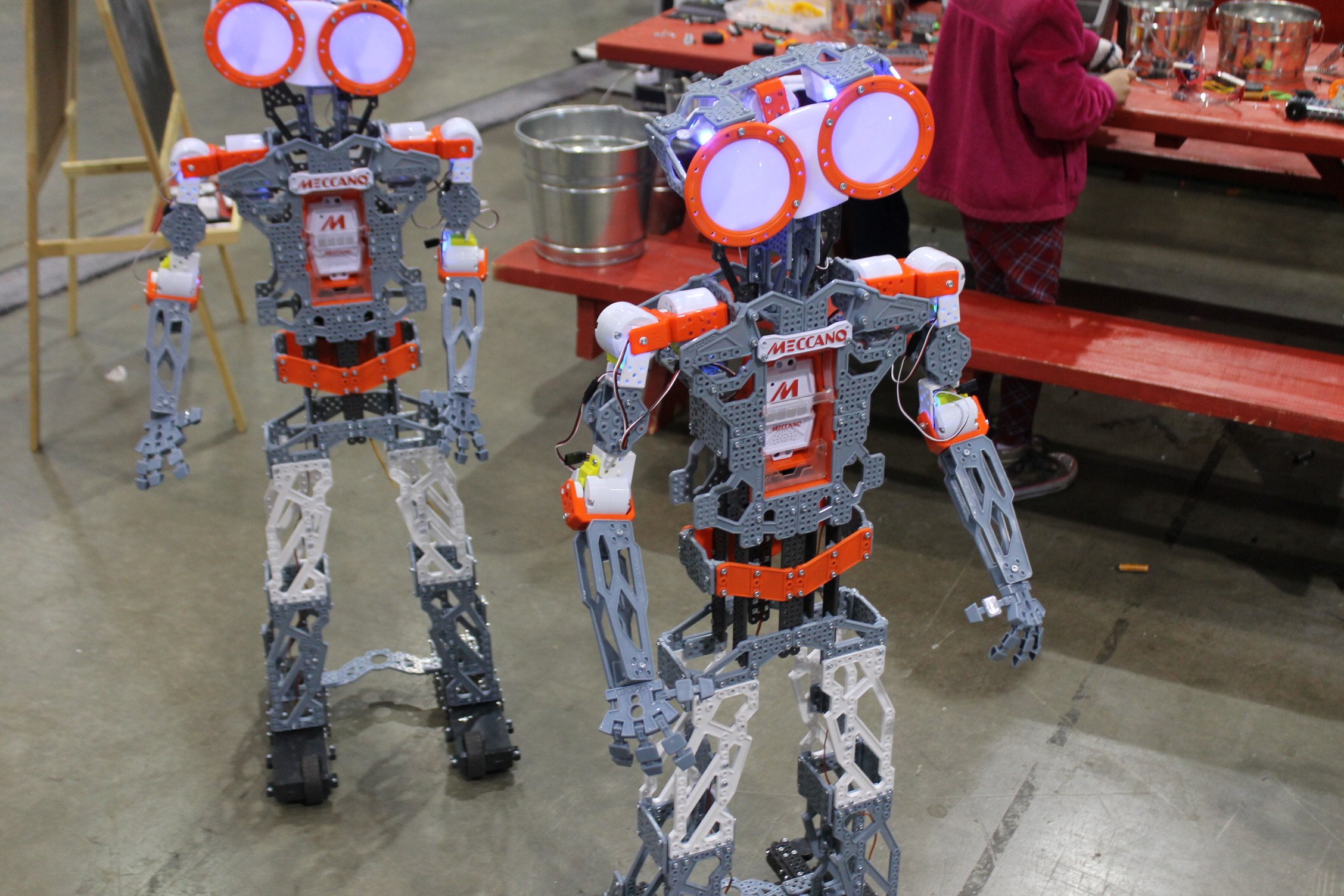EU develops Wikipedia for robots
- Transfer

Before counting on our jobs or taking over the world, robots will have to learn how to perform simple daily operations that are not difficult for humans. Easier said than done - robots are incredibly difficult to figure out how to pick up various items so that they don’t drop.
That is why RoboHow was created, a program sponsored by the European Union and supported by leading universities from 9 EU countries. RoboHow's goal is to create a Wikipedia equivalent for robots, which will store instructions, recipes and manuals specially adapted for robots and broken into small logical steps. The University of Bremen is responsible for the project. His tasks include research and development of robots that can perform autonomous manipulations using mechanical “limbs”.
Robots “understand” only in steps
To help robots perform simple operations, scientists worked over three years on different ways to adapt and “break down” simple kitchen recipes into sequential, logical steps. For example, robots need to explain in detail how to put oil in a pan, how to hold a spatula, how to take and turn a pancake with a spatula, etc.
“Common sense suggests that putting a pancake in the pan with a spatula is very simple. A person can do this very well, but explaining how to use a spatula and what to do with a pancake is very difficult for a robot, ”says Michael Bitz, professor at the Department of Computer Science at the University of Bremen and project director at RoboHow, in an interview with IBTimes UK.
“Robots can be taught kinetically. You just take the robot’s hand, put a spatula in it, squeeze your hand and perform the desired action. It is like teaching a child. The robot simply remembers the sequence of actions. ”
However, the problem is not only to teach the robot to perform certain actions - robots see very poorly in volume, poorly distinguish depth. For example, if there are water bottles on the table, then the robot “sees” only the table itself and two corks floating in the air - he cannot see transparent bottles.
Database with instructions and improved “vision”
Scientists have developed an improved recognition system for physical objects that can fill the gaps in knowledge of robots. Now robots can “see” the glass and understand that there are bottles on the table.
At the 14th International Conference on Autonomous Agents and Multiagent Systems (AAMAS) in April 2015, RoboHow scientists presented an improved recognition system for physical objects and recommended using it in conjunction with the OpenEase they created open database.
“The main breakthrough is that robots need knowledge. Knowledge is generated by developers all over the world and it needs to be stored somewhere, to exchange it somehow. For example, you may have recipes, but you still need to program them so that the robot can understand them, ”explains Bitz.
The OpenEase database, which received an AAMAS award , works in such a way that anyone, including any Internet user, can add their own instructions for artificial intelligence to it. Some experiments are really funny.
For example, the following method of training robots was used: a game is created in virtual reality; users connect to the game using game consoles; users are asked to perform simple actions. All user actions were recorded, and then all the records were “viewed” by a robot that was learning to perform similar actions.

The robot family - Xiaolan (left) and Xiaotao (right) - carry food trays at a restaurant in Jinhua, Zhejiang Province, China (May 18, 2015).
Do not expect robots to work for you soon
Although robots have already partially learned how to bake pancakes, make pizza, toast, make popcorn, fry sausages and even conduct chemical experiments, they still cannot do the simplest housework. For example, the robot cannot change the light bulb and close the blinds.
Scientists make robots repeat the same actions over and over again, but with different kitchen tools, in different places and in motion.
“If we can make sure that the robot understands how to turn a pancake with any appliance in the kitchen, then we can already say that robots can do most of the household chores,” says Bitz.
“However, first we need to teach the robots, create a database with instructions and, finally, put it all together. In the future, we hope that robots will be able to send requests such as “how to clean this chair?” And instantly receive a response from the database.
Professor Bitz does not think that the development of robotics will lead to the fact that a person "becomes obsolete." On the contrary, he hopes that robots will only simplify human life. “I don’t think robots will take our jobs. Robots will be used in harmful and routine work. “Human” professions are out of danger. ”
“Imagine that you will have a robot at home that will bring things on command. People with disabilities will get more freedom. They no longer have to wait for a nanny or carer. ”
Translation prepared by: greebn9k(Sergey Gribnyak), silmarilion (Andrey Khakharev)
